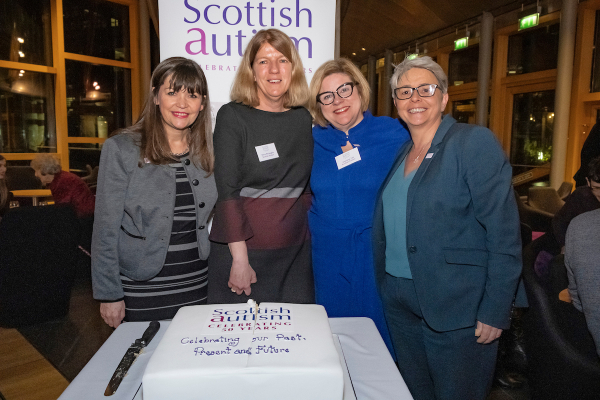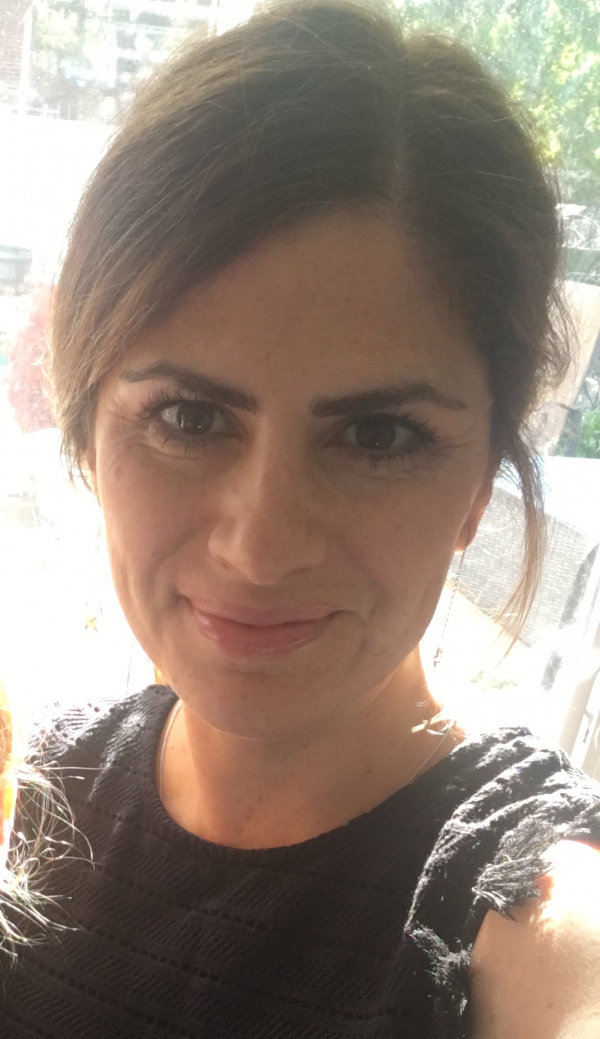Learning from autistic pupils in mainstream secondary schools: the value of inclusive research methods
Emma Rice, Doctoral Researcher, Sheffield Halam University
Some autism advocates identify that autism research frequently excludes autistic voice due to a predominant focus on the deficit model within autism researchi/ii. In aiming to enhance the inclusion of autistic voice, my research has utilised participatory and emancipatory approaches in order to redress the power imbalance between researcher and participant and better serve the interests of participants. Within this approach, the autistic participant is seen as the expert on their experience and research becomes a partnership where decision making about the research process becomes sharedii/iii. Alongside this, the researcher acts as facilitator, offering resources, various modes of expression and opportunities for engagement and adaptations in order to meet the needs of participantsii/iv.
Ensuring that research methods were inclusive, became therefore a key aspect of my research project, which focused on autistic pupils between the ages of 12 and 16 within a mainstream secondary school. As part of a timetabled element within their curriculum, these autistic pupils attended a school club for one year to provide a varied, alternative learning experience to academic subjects. Here, pupils could undertake a range of options, one of which was a club which I facilitated as part of my research. This club focused on each pupil’s sense of self and explored the positive or negative impact of mainstream secondary schooling, whilst also evaluating research processes with pupils.
The research project included a range of methods available in order to meet the preferred mode of expression of autistic participants. These methods ranged from visual methods (photograph, video, drawing, collage), verbal and written methods (interviews, pair or focus group discussion) and kinaesthetic forms (organising topic cards). This range of methods aimed to support difficulties with verbal or written communication, reduce anxiety around face-to-face conversation and increase confidence by drawing on the existing skills of autistic pupilsvi/vii. A central driving principle was that I would not make assumptions by choosing one set method for all autistic young people that took partviii, therefore choice and adaptation became key elements within the research process. Participants chose from a range of options and could adapt these according to their preference. For example, conversations could be recorded, answers could be written down by the researcher exactly as stated, submitted by the participant in writing or completed with a preferred partner other than the researcher.
The importance of choice was shown to be a key finding within my research project - that one size doesn’t fit allvi. This was demonstrated in the choices made by all 8 participants across the range of visual, verbal and written methods available - with no one method being preferred across all participants. Choice was considered important by autistic participants in relation to motivation and enjoyment, as these pupils suggested that being asked to complete tasks in an unwanted manner would lead to lessened motivation and therefore less effort, enthusiasm and a reduction in participant contribution. Therefore, it appears that participant voice can be influenced not only by potential difficulties with modes of communication but also by the feeling of the participant towards that task itself.
This also suggests that participant voice may be hampered by a sense of failure. Many participants commented on how they would not want to complete a method (e.g. film creation) that they thought they were ‘bad’ at. In this way, I found that a desire to avoid failure could lead participants to reduce or limit their contributions, which, in turn, could obscure key features of their lived experienceix.
The autistic young people who took part in my research project concluded that choice in how they participated was a positive element. This was due to a sense of freedom from control; ease in sharing their thoughts; increased motivation and enjoyment and a decreased sense of failure. Further to this, I found that the adaption of methods in order to increase accessibility may have a direct impact on research findings, in line with studies that examined autism in terms of self-concepts and used adaptive methods to engage with participants. The use of these adaptions produced data which challenged the deficit-led perspective that autism typically results in an impoverished sense of selfv/x. Findings of this nature therefore appear to highlight the responsibility the researcher has to ensure communication within the research process is supported through individual adaptations, as adaptations to methods clearly have the capacity to impact on the findings which arise from research with autistic people. Whilst increased choice and variety may mean increased complexity in the data that is obtained, I strongly feel this is an essential element for enabling the full contribution of autistic participantsviii.
REFERENCES
i C1 Milton, D. E. M. & Bracher, M. (2013). Autistics speak but are they heard? J. BSA MedSoc Group, 7 (2), 61-69.
ii Chown, N., Robinson, J., Beardon, L., Downing, J., Hughes, L., Leatherland, J.,Macgregor, D. (2017). Improving research about us, with us: A draft framework for inclusive autism research. Disability & Society, 32(5), 720-734.
iii Stone, E., & Priestley, M. (1996). Parasites, pawns and partners: Disability research and the role of non-disabled researchers. British Journal of Sociology., 47(4), 699-716.
iv Sense, A. (2006). Driving the bus from the rear passenger seat: Control dilemmas of participative action research. International Journal of Social Research Methodology, 9(1), 1-13.
v Winstone, N., Huntington, C., Goldsack, L., Kyrou, E., & Millward, L. (2014). Eliciting rich dialogue through the use of activity-oriented interviews: Exploring self-identity in autistic young people. Childhood, 21(2), 190-206.
vi Ellis, J. (2017). Researching the social worlds of autistic children: An exploration of how an understanding of autistic children’s social worlds is best achieved. Children & Society, 31(1), 23-36.
vii Rose, G. (2016). Visual methodologies: An introduction to researching with visual materials (4th edition. ed.) London: SAGE.
viii Scott-Barrett, J., Cebula, K., & Florian, L. (2018). Listening to young people with autism: Learning from researcher experiences. International Journal of Research & Method in Education, 1-22.
ix Mannay, D., (2016). Visual, narrative and creative research methods: Application, reflection and ethics. London: Routledge.
x King, M. C., Williams, E. I., & Gleeson, K. (2017). Using photographs to explore self-understanding in adolescent boys with an autism spectrum condition. Journal of Intellectual & Developmental Disability, 1-12.





